Artist initiative and the “inception” exhibition

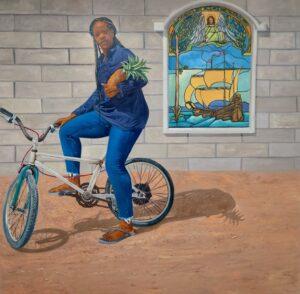
For there to be a healthy artistic ecology, there needs to be a balance between private and public initiative, and between state involvement, corporate and private patronage, and artist initiative. There also needs to be a balance between for-profit and not-for-profit art activities, and initiatives that serve local interests while also making use of international opportunities. In Jamaica, the pendulum has swung a number of times between those various possibilities, in ways which have sometimes put into question the balance and sustainability of the local art world, and which are quite revealing of the broader social and political dynamics involved.
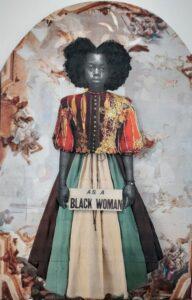
In the 1960s, for instance, young artists such as Barrington Watson, Eugene Hyde and Karl Parboosingh asserted themselves as professional artists, and Black artists to be specific, and challenged the patronage dynamics that prevailed in the Jamaican art world in the years around independence. Watson scathingly described this in a 1987 interview with the Irish researcher Elizabeth Waugh, referring to powerful art patrons such as Edna Manley and Robert Verity: “It was sort of ‘giving a break to a talented youngster’ type of thing […] They patronized a lot of the artists and kept them at a certain level, unfortunately or inadvertently, by this kind of patronizing approach.”
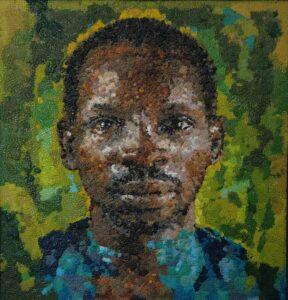
Individually, and through the Contemporary Jamaican Artists’ Association (CJAA, 1964-1974), Watson, Hyde and Parboosingh instead agitated for corporate and private patronage from the established and emerging business and professional class. They were quite successful in obtaining such support, which resulted among other things in the establishment of the Bank of Jamaica Collection, for which Watson chaired the first acquisitions committee. The CJAA also operated a gallery which was an influential meeting place for the artistic community at that time. They certainly managed to change the game at that time.
It is with this history in mind that I am trying to make sense of the present moment in Jamaica, in which artist initiative again has the upper hand, while the other shaping forces in the art world are lagging, with a National Gallery which is still operating below its capacity and little or no local corporate or private collector support for contemporary art. It even appears that the annual Festival Fine Arts competition and exhibition, which has served as an important alternative source of national validation for artists since 1963, may not be held in 2023, as the visual arts section of the JCDC website has not been updated since last year. In the present context, artist-led initiatives do not challenge problematic patronage dynamics but respond, to varying degrees, to the lack of the sort of avenues for support and exposure that may previously have been taken for granted.
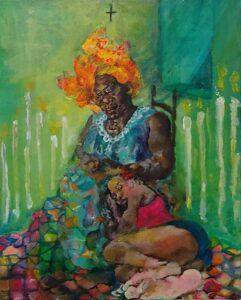
The current situation in the Jamaican art world has, indeed, left many artists out in the cold, at a time when several artists of Jamaican extraction are doing exceedingly well in the international arena. Artist-led initiatives, such as NLS and the And I Resumed the Struggle exhibition series at Olympia, have, however, stepped into the breach. While these initiatives are game-changing in their own way, they reach and benefit only a limited cohort of artists and art audiences, and only begin to address the gaps that currently exist in the Jamaican art world. Moreover, as was also the case with the CJAA, these initiatives have typically come from artists who already have established access to local and international art world resources. There are many other artists out there, young and older, and emerging and established, who have not benefitted from or been involved in these initiatives.
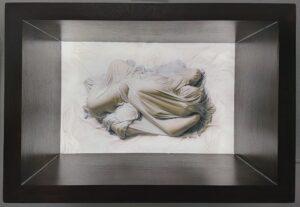
The recent Inception exhibition at CreativSpace was a refreshing departure from these patterns. It is the second in a new series of annual exhibitions jointly organized by three young artists, Shasha Porter, Mikheal Deans, and Malcolm Lindsay. Porter and Deans are recent graduates of the Edna Manley College, in Painting and Visual Communication, respectively, while Lindsay is self-taught. They do not, as yet, have the sort of social and professional capital alluded to above, but they make up for that with tenacity, resourcefulness and ambition, among others relying on non-traditional small business sponsors. The creation of exhibition opportunities for themselves and other young and emerging artists like themselves is, as the organizers have asserted, a major consideration. Shasha Porter has also indicated that she is considering pursuing curating as a professional venture, which would certainly be a welcome addition to the small pool of professionals here in Jamaica.
In the next instalment of this article, I provide a review of the Inception exhibition.
Dr Veerle Poupeye is an art historian specialized in art from the Caribbean. She works as an independent curator, writer, researcher, and cultural consultant. The second, revised and expanded edition of her best-known book “Caribbean Art” was recently published in the World of Art series of Thames and Hudson. Her personal blog can be found at veerlepoupeye.com.






